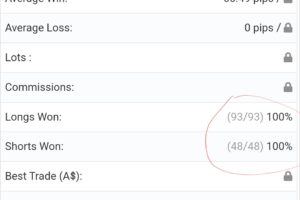
Understanding the FOMC Report
The Federal Reserve, also referred to as the Fed, is the central banking system of the United States and is responsible for guiding U.S. monetary policy. Economic policy announcements and public statements by the Federal Reserve are among the most highly anticipated trading events of the year, since implications for financial markets are so widespread.
The Fed is responsible for buying and selling U.S. government securities in the financial markets and setting interest rates and reserve requirements. The Fed by definition is dual-mandated, Fed policy makers are expected to achieve both stable prices and maximum employment. As a result, public statements made by the Fed and its governors are closely watched by traders, since even the smallest changes in monetary policy and federal funds rates can create large market-moving events.
The Federal Open Market Committee
The Federal Open Market Committee (FOMC) consists of twelve members: the seven members of the Board of Governors of the Federal Reserve System, the president of the Federal Reserve Bank of New York and four of the remaining eleven Reserve Bank presidents, who serve one-year terms on a rotating basis.
For traders, FOMC meetings are a time of particular volatility because any change in federal fund rates can affect a range of economic variables such as short-term interest rates, foreign exchange rates, long-term interest rates, employment output and prices of goods and services.
The FOMC meets eight times a year to discuss monetary policy changes, review economic and financial conditions and assess price stability and employment output. These meetings take place every six weeks. Four of these meetings feature a Summary of Economic Projections (SEP) followed with a press conference by the chair. The minutes of the scheduled meetings are released three weeks after the date of the policy decision.
Trading on the Fed’s Decisions
The Fed provides a wealth of data that can influence the markets. In addition to the Fed’s headline interest rate, traders also study the post-meeting press releases, which highlight the state of the economy. Since some information contained in the press release may look forward to policy changes at future meetings, the contents of this release carry a risk of catching market participants off guard. It is for this reason that traders pay particular attention to press releases, speeches and other public appearances by Fed members that occur between FOMC meetings.
There are a number of factors to think about when trading before and after FOMC meeting announcements, but with a little insight and thorough preparation it is an event that offers numerous opportunities for traders throughout the year.
Tag:FOMC Report



